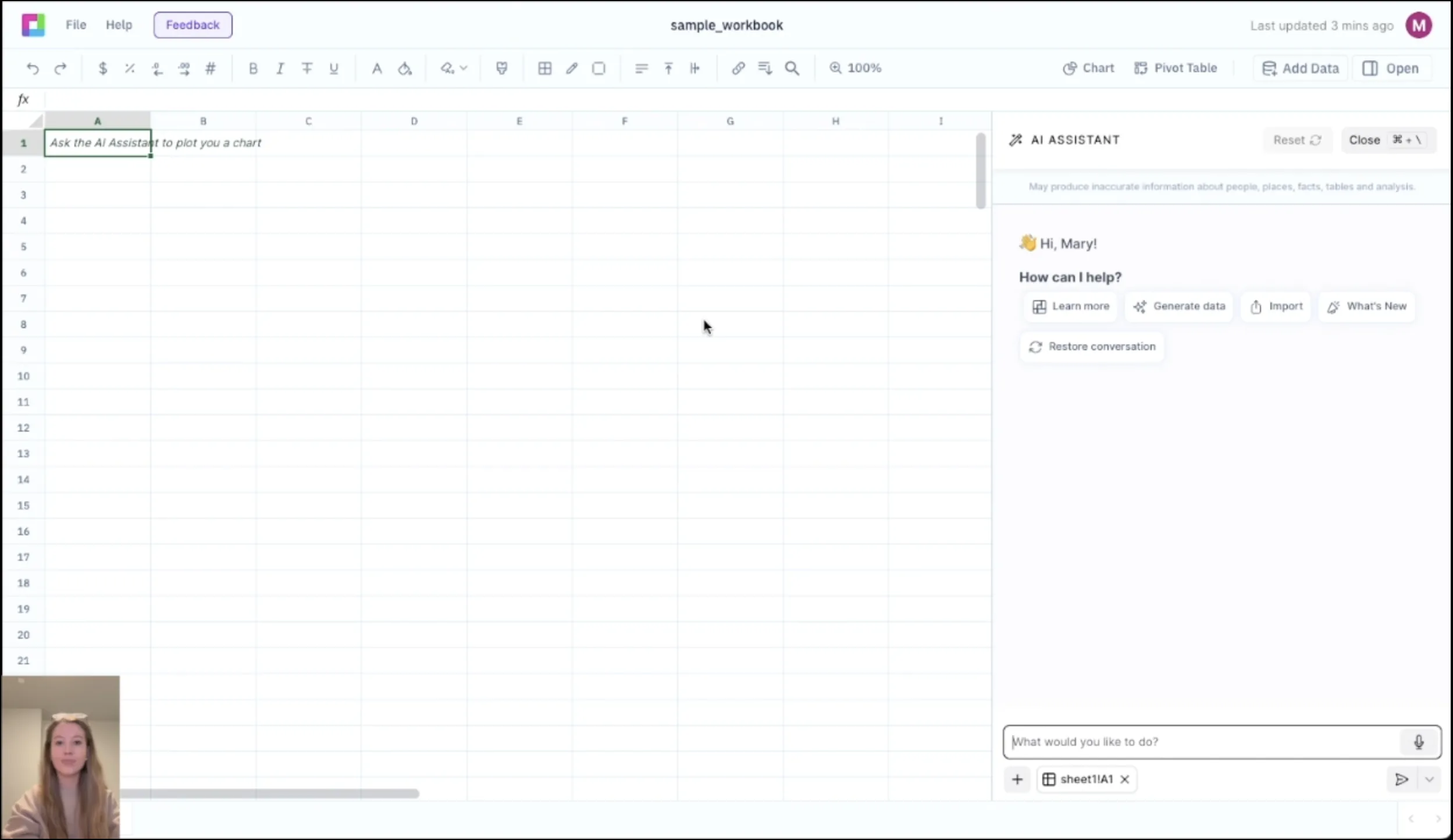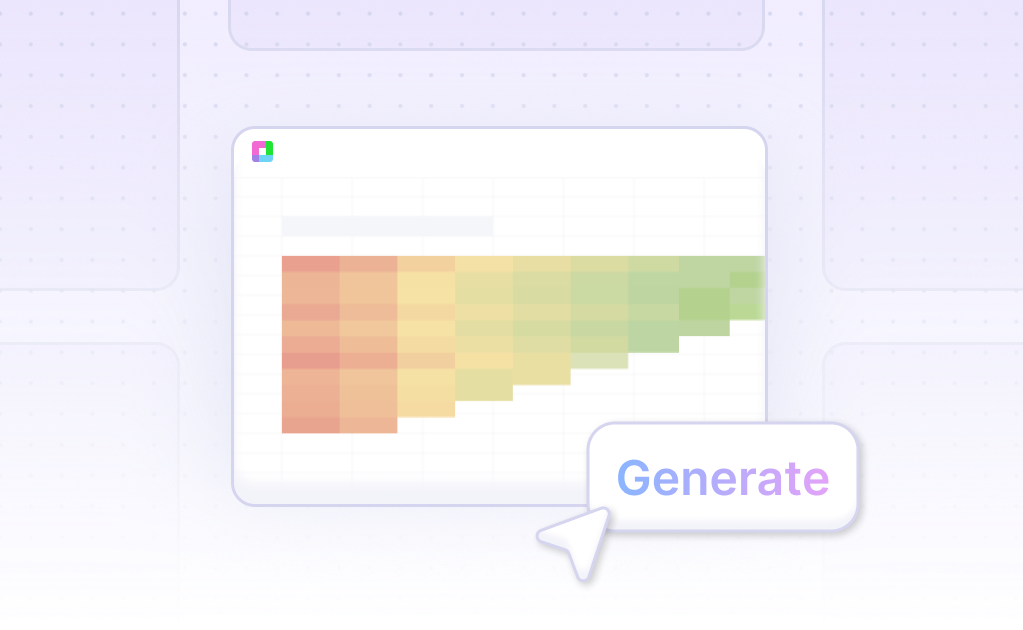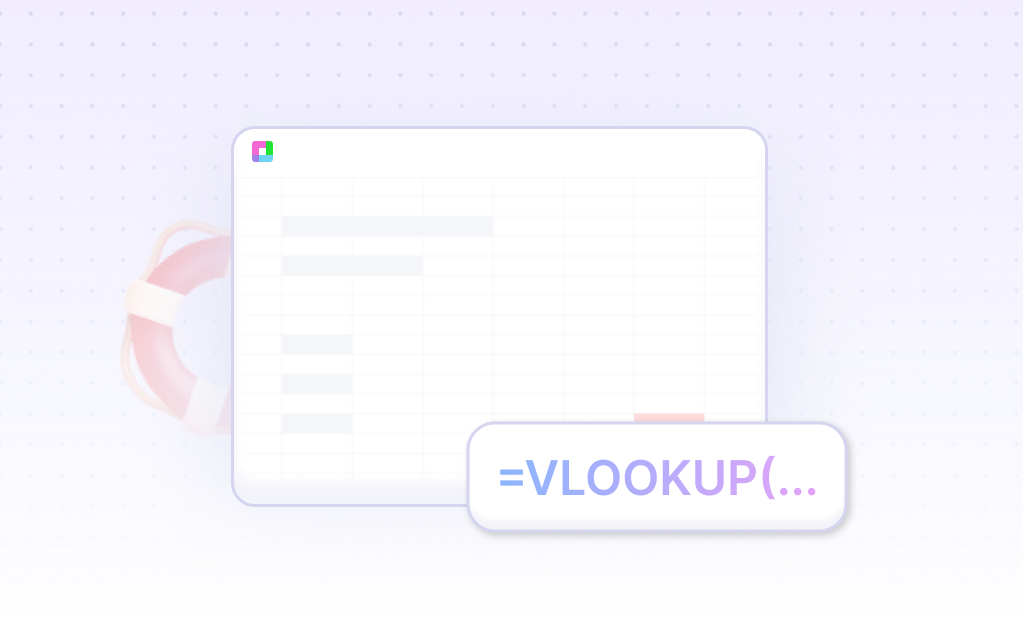
Master SaaS Metrics for Explosive Growth
SaaS businesses require unique metrics to track recurring revenue, customer acquisition, and retention. Our SaaS Metrics Dashboard provides comprehensive tools to monitor all critical KPIs including MRR, ARR, churn rates, CAC, LTV, and unit economics for data-driven growth decisions.
From subscription analytics to cohort analysis, track every aspect of your SaaS business performance. Built for founders, growth teams, and investors, this template helps you optimize customer acquisition, reduce churn, and maximize lifetime value.
Comprehensive SaaS Revenue Analytics
Monthly Recurring Revenue (MRR)
Track MRR growth with detailed analysis of new MRR, expansion MRR, contraction MRR, and churn MRR. Monitor MRR trends and identify the key drivers of recurring revenue growth.
Annual Recurring Revenue (ARR)
Calculate ARR from MRR data and track annual growth rates. Analyze ARR by customer segments, pricing tiers, and product lines to understand revenue composition.
Revenue Cohort Analysis
Perform cohort analysis to understand how different customer groups contribute to revenue over time. Track cohort retention rates and revenue expansion patterns.
Pricing Tier Performance
Analyze performance across different pricing tiers and subscription plans. Track conversion rates between tiers and identify opportunities for revenue optimization.
Customer Acquisition & Retention Analytics
Customer Acquisition Cost (CAC)
Calculate CAC by marketing channel, customer segment, and time period. Track CAC trends and optimize marketing spend allocation for maximum efficiency.
Customer Lifetime Value (LTV)
Calculate LTV using multiple methodologies including historical, predictive, and cohort-based approaches. Monitor LTV:CAC ratios and payback periods.
Churn Rate Analysis
Track customer churn, revenue churn, and logo churn with detailed analysis by customer segments. Identify churn patterns and implement retention strategies.
Net Revenue Retention (NRR)
Calculate NRR to measure revenue growth from existing customers through upsells, cross-sells, and renewals. Track expansion revenue opportunities.
Frequently Asked Questions
What's the difference between MRR and ARR?
MRR (Monthly Recurring Revenue) measures monthly subscription revenue, while ARR (Annual Recurring Revenue) typically equals MRR × 12. The template tracks both metrics and shows their relationship over time.
How do I calculate customer churn rate?
The template calculates churn rate as customers lost during a period divided by customers at the beginning of the period. It includes both customer churn (logo churn) and revenue churn calculations.
What's a good LTV:CAC ratio?
The template provides benchmarks showing that a 3:1 LTV:CAC ratio is generally considered healthy, with 5:1 being excellent. It includes industry comparisons and trend analysis.
Can it handle freemium models?
Yes, the template includes freemium-specific metrics like free-to-paid conversion rates, freemium CAC, and time-to-conversion analysis. It tracks the entire freemium funnel.
Does it include cohort analysis?
The template includes comprehensive cohort analysis showing customer retention, revenue retention, and expansion patterns over time. It helps understand long-term customer value and behavior.
Related SaaS Tools
Connect your most-used data sources and tools to Sourcetable for seamless analysis.
Frequently Asked Questions
If your question is not covered here, you can contact our team.
Contact Us





